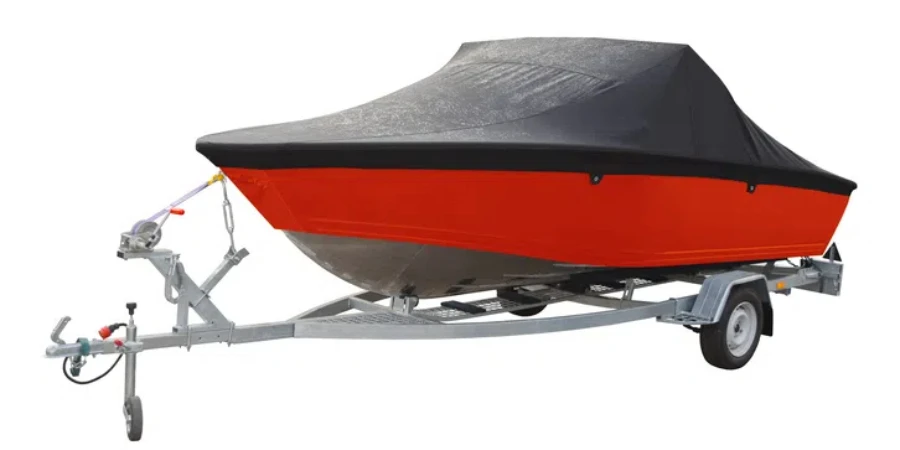Whether it’s saltwater, freshwater or something in the middle, boat covers are an essential accessory for every boat owner, keeping your vessel looking mint and adding years to its life. Let’s explore the different types of covers at play, what each will do for you and your boat, and how to choose the right cover for your boat. This ultimate guide will get you pointed in the right direction.
Table of Contents:
– What is a boat cover?
– What does a boat cover do?
– How to choose a boat cover
– How long do boat covers last?
– How to replace a boat cover
– How much are boat covers?
What is a boat cover?
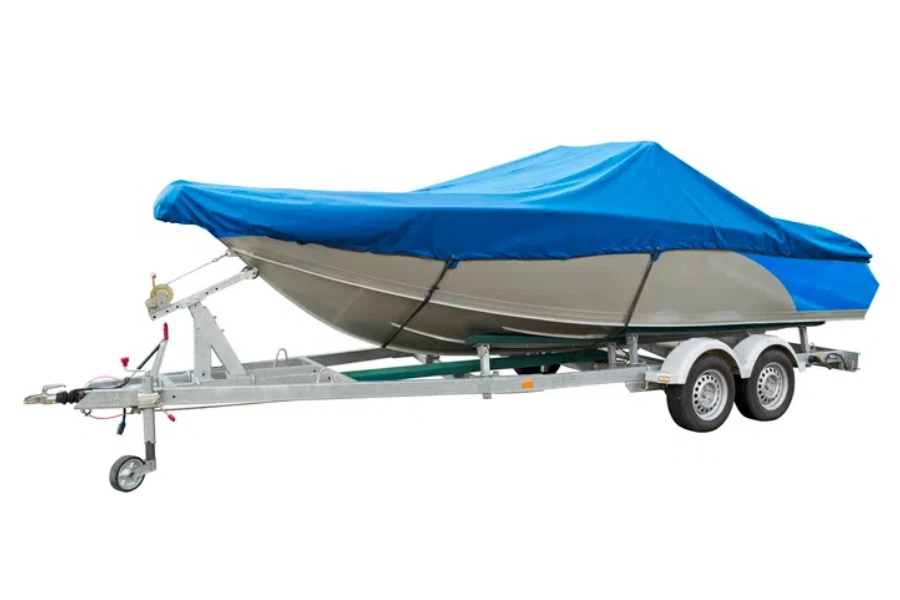
A boat cover is a form of cover for the boat specially made of durable and versatile materials to protect the boat from bad weather and environmental hazards. There are different types of boat covers and they vary in sizes, materials, and shapes depending on the type of boat. The materials of boat covers are polyester, canvas, and marine-grade vinyl. All of them have good features that make them highly durable, water-resistant and UV resistant.
The design of a cover for a boat takes into account the shape of the boat, particularly any indentations or features, so that the cover fits on the boat, rather than just being placed on top of it; there’s a range of features that help to keep moisture out of a boat cover, such as vents to let water escape, so that the boat is not left wet and damp, causing the risk of mould. The cover needs to be reinforced at the seams and the straps that are used to keep the cover in place during stormy weather conditions. All of this matters when choosing the right cover for your boat, not only so that your boat looks good, but also so that you get a good price for your boat when it is time to sell it on.
What does a boat cover do?
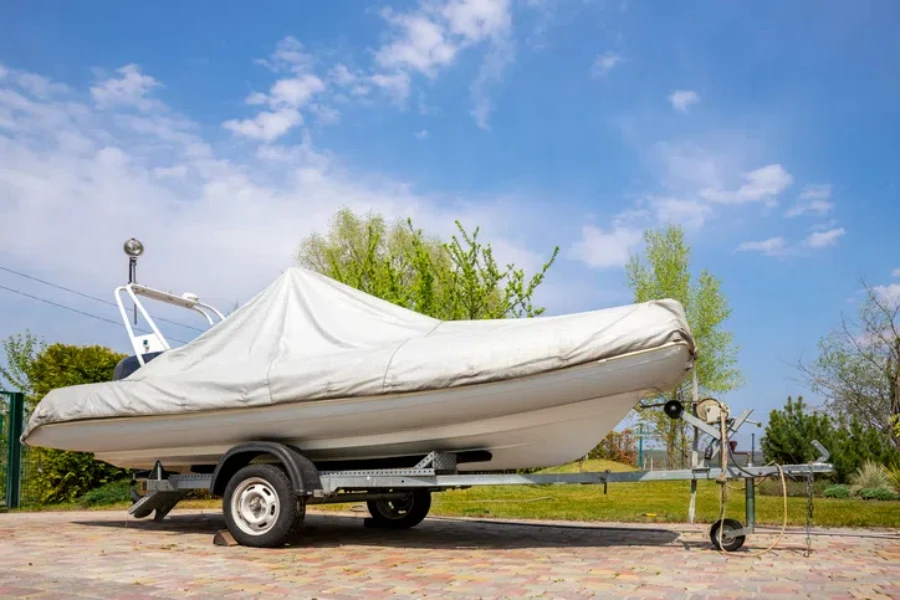
Two of the major functions of boat covers include the prevention of water-damage to the boat, and protection from UV rays or other weather conditions. Sunlight, particularly strong UV rays, causes fading and cracking to the boat’s surface. Moreover, rain, snow, and hail represent additional elements, which may cause water-damage to the boat. A poorly-fitted boat cover allows for dirt, leaves, or other materials to collect in the boat, and may also require frequent washing and cleaning.
Furthermore, a boat cover protects against theft and vandalism. A covered boat is not as enticing as an uncovered one to a thief – pulling a cover off is a lot more work than lifting up the tarp. Plus, covers deter birds and small animals from nesting in your boat, keeping upholstery and electrical components safe and free from damage. A top-quality boat cover is a wise investment that will keep your boat in excellent condition for many years.
How to choose a boat cover
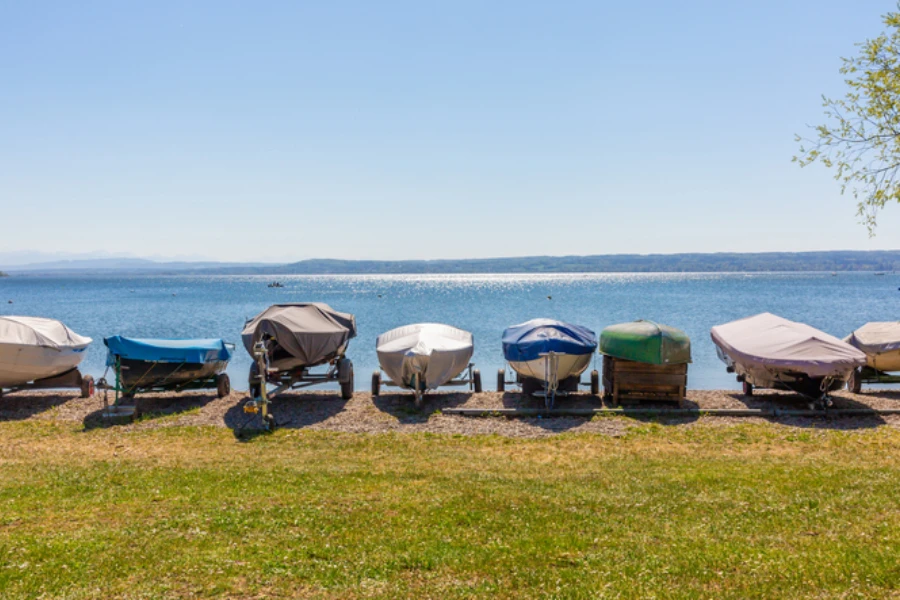
Deciding on a boat cover, be it a cover for a sailboat or a powerboat, can quickly become a complicated task – particularly given a plethora of possible factors: the size and type of the vessel; the kind of fabric for the cover; and the conditions under which the boat will be stored. The first step to making an intelligent decision is knowing the type of boat you have (the make and model). This will allow you to either find a perfectly stored boat cover that corresponds with the dimensions of your actual boat, or else a universal cover that fits pretty well onto your boat body. Universal covers are great backup options, but nothing beats custom or semi-custom covers, which will fit a boat perfectly and shield it from the elements more efficiently.
Especially important for materials: choose marine-grade fabrics that are UV treated, water-repellent and breathable. Polyester is often the fabric of choice for its durability and ease of maintenance, whereas canvas is hefty for heavy-duty protection. Be sure to consider the climatic conditions in your area: if you are in a place that receives a lot of sunshine or snowfall, perhaps you need a cover with extra UV protection, or extra weight capacity.
Lastly, look at the cover’s straps, hems and buckles – all of which should be elastic, adjustable and quick-release so that the cover doesn’t slide about and is very easy to put on and take off. The cover is no good to you if your boat sinks under its weight! Ventilation will also prevent condensation so choose one with vents built in. If you take your time to consider all of these points, you can buy a boat cover that’s both suitable to your needs and that will keep your boat safe from the elements.
How long do boat covers last?
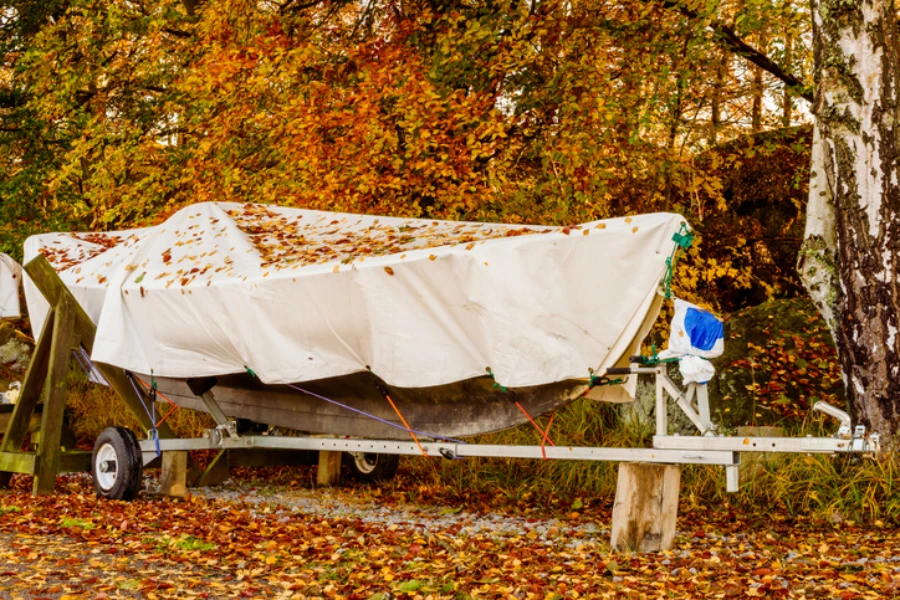
This answer depends on many variables: the quality of the material, the elements it is exposed to, and the frequency of its use. Overall, a very good boat cover is expected to last between 5 to 10 years. Polyester and marine-grade vinyl covers are some of the most durable types when they are treated with UV inhibitors and waterproof coatings. Additionally, regular cleaning and the prompt repair of minor tears can also prolong its useful life.
Environmental factors also have a huge impact on the wear and tear caused by the sun and weather, so covers in hot sunny climates, constant rain or snow will not have a long lifespan. If the cover is folded up when not being used, this will also help it to last longer if it is stored in a cool dry place – mould growth and material degradation are not good.
How to replace a boat cover
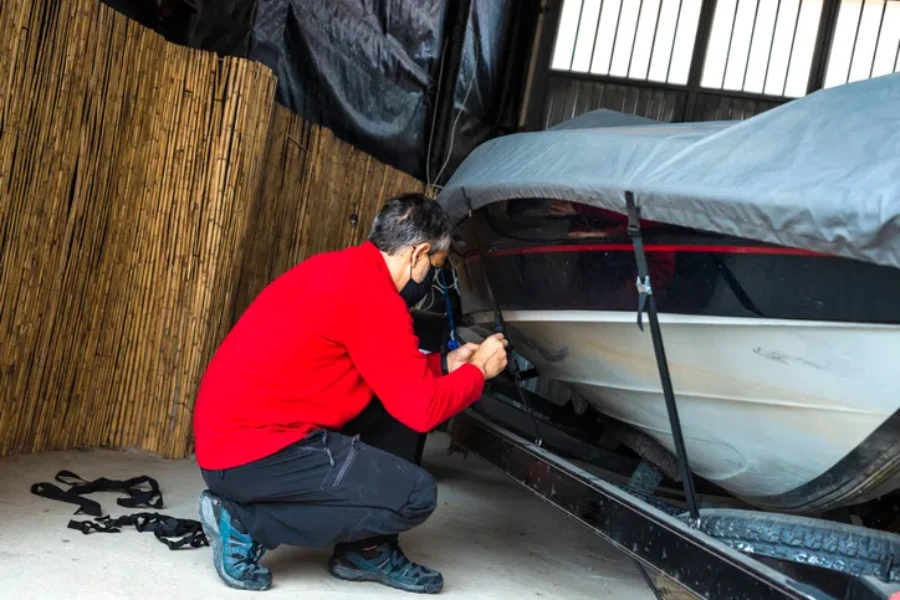
When choosing a new cover, leverage the lessons you learned from your old cover. If you ended custom or semi-custom cover, consider a new custom or semi-custom cover. Put time into selecting your material and features. Make sure the new cover is durable and protects against dirt, scratches, tree sap and water, but also easy to use. When you install the new cover, make sure it fits snugly and securely to your car.
How much are boat covers?

Prices vary wildly depending on size, type and material, though universal covers – which offer the least fit and protection – are around $50 for small boats, and semi-custom and custom covers range from $100 to more than $500, depending on the boat’s size and features.
The quality of the materials plays a major role in this price. The better the materials (for example, marine grade polyester or canvas with UV protection and waterproofing), the higher the price but the longer the cover will last, and the better it will protect your boat. Paying more up front can mean saving money over the long-run because you are buying a better-quality product and so your boat will need fewer repairs.
Conclusion
All boat-owners must invest in a quality boat cover to save their boat from damage due to the natural elements, theft and debris, among others. Knowing the different types of covers available, why they are used, and how to choose them can save you dollars in the long-term maintenance of your boat. A good boat cover will not only shield your boat from damage but may also secure the value of your boat and add to its beauty.
